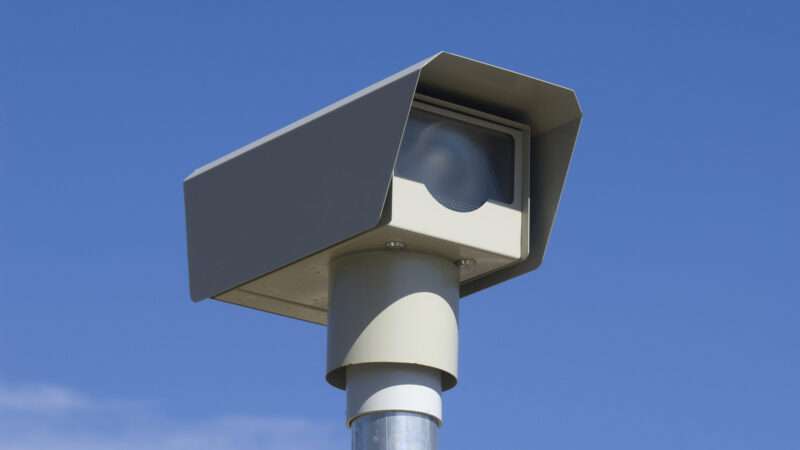
Secretary of Transportation Pete Buttigieg's new National Roadway Safety Strategy (NRSS) promotes speed cameras nationwide to make our roads safer. But research shows that speed cameras are subject to error and actually end up serving as a means to generate government revenue.
The Department of Transportation (DOT) cited the rise in fatal car crashes, with an 18.4 percent rise in 2021 compared to 2020 according to DOT statistics, as the reason for new safety measures. The DOT wants to take a more active role in centralizing highway safety, with one of the policies in this strategy promoting speed cameras.
NRSS argues that the implementation of speed cameras is a "proven safety countermeasure." The Federal Highway Administration cites research compiled by the Virginia Department of Transportation that shows speed cameras reduce car crashes after they are implemented.
However, the cameras can commit errors when it comes to actually ticketing the right offenders. This can be a problem for drivers—but a windfall for enforcers.
In Chicago, where speed cameras are abundant, the camera program improperly gave out over $2.4 million in fines from 2013 to 2015. Using a random sample analysis, the Chicago Tribune estimated the number of bad tickets to be somewhere around 110,000. The erroneous fines were issued in areas without proper speed limit signs or during times when the cameras should have been turned off. (Cameras near parks and schools operate within a specific timeframe.) The Chicago Tribune found that over half the cameras in use were giving out faulty speeding tickets.
These speed camera accuracy issues are not limited to Chicago. In Washington, D.C., a 2014 report from the D.C. Office of Inspector General found that ticket writers made arbitrary decisions when a camera captured more than one vehicle, and they didn't know which one was speeding. The report stated in "certain instances the process for conclusively identifying the violating vehicle depends too much on an individual reviewer's judgment and, therefore, is not sufficiently precise." One speed camera reviewer told the inspector general's office that they usually ticket "the closer one."
Because of this, the D.C. Office of the Inspector General even suggested that D.C. discontinue the speed camera program, but the cameras are still in use.
Unsurprisingly, the misuse of speed cameras has also become a massive source of revenue for local government. In Chicago, 300 of the city's speed cameras would bring in about $15 million each year.
In March, Chicago Mayor Lori Lightfoot lowered the speed limit threshold for speed cameras to trigger a citation. Cameras now trigger when a driver goes over the limit by 6 miles per hour, rather than 10 miles per hour, the previous threshold.
According to the Chicago Tribune, in the first two months since Lightfoot's new speed limit rule, the city racked up $11.3 million in fines. The total tickets issued in those two months totaled 327,447. Compared to those same months in 2019, the city only issued 19,480 speeding tickets, making an almost 17-fold increase.
Although the intention behind Buttigieg's new policy is to create safer roads, speed cameras will likely be better at generating large amounts of cash for local governments. As for the alleged "spike" in fatal car crashes, Reason's Jacob Sullum has explained that we don't yet know whether the upward trend that began in 2020 (not 2021, contrary to media reports) is here to stay, and that regardless, policy proposals should be judged on their merits, not the severity of the problem they're meant to address.
The post Unreliable Speed Cameras Line Government Pockets appeared first on Reason.com.







